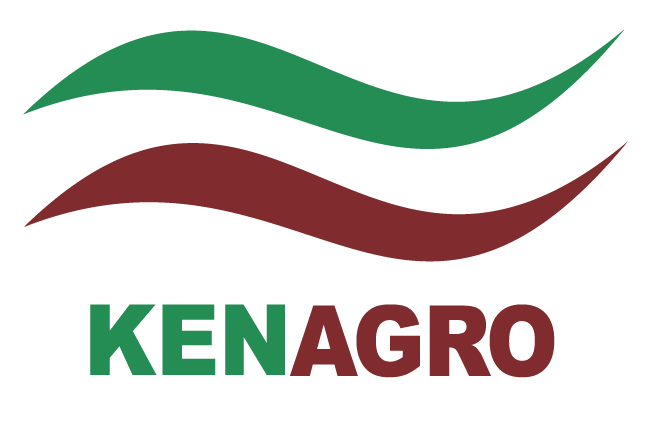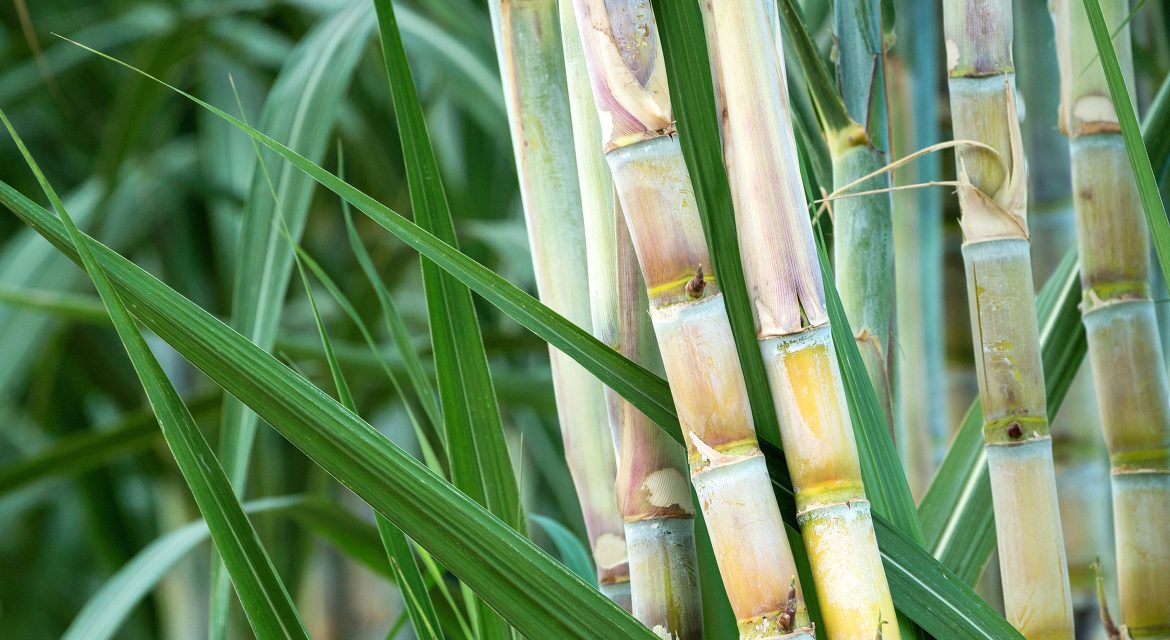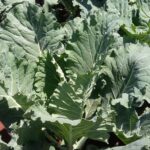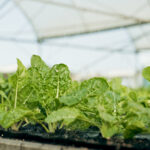For those interested in how to grow sugarcane in Kenya, sugarcane farming is an important agricultural activity that supports thousands of livelihoods and contributes to the national economy. Sugarcane Farming, it benefits both small scale farmers and large commercial producers who supply the country’s sugar industry.
The main sugarcane-growing areas in Kenya include Western Kenya (Kakamega, Bungoma, Busia), Nyanza (Kisumu, Migori), and parts of Rift Valley (Trans-Nzoia, Kericho). With proper land preparation, choice of the right varieties, and good market planning, sugarcane cultivation in Kenya can provide steady income and attractive returns.
1. Crop Selection and Planning
Choosing the right sugarcane variety in Kenya is very important. In fact, it helps farmers get higher yields, resist diseases, and produce sugarcane with good sugar content.
Recommended Varieties:
- Co 945 – High-yielding, early maturing
- N14 – Resistant to smut and drought-tolerant
- Kensii (KEN 82-62) – Popular among commercial farmers
- KEN 83-737 – High sucrose content and good ratooning ability
Planning Tips:
- Prepare a planting calendar aligned with rainfall or irrigation availability.
- Consider market access, factory proximity, and harvesting services before large-scale planting.
- Work with sugar milling companies for input financing and contract growing.
2. Soil and Climate Requirements for Sugarcane
Sugarcane grows best in deep, fertile, and well-drained loamy soils. In addition, preparing the soil properly helps roots develop well and supports healthy growth.
Ideal Conditions:
- Soil pH: 5.0–8.0 (neutral to slightly acidic)
- Rainfall: 1200–1800 mm annually, well-distributed
- Temperature: 20°C–30°C
Avoid waterlogged or shallow soils, which hinder root development and crop performance.
3. Land Preparation and Planting for Sugarcane
First, select a well-drained, fertile piece of land for planting sugarcane. Next, clear the field of weeds, stones, and crop residues to make planting easier.
After field clearance, plow and harrow the soil to achieve a fine tilth. This allows sugarcane roots to penetrate easily and access nutrients. In addition, adding compost or well-rotted manure improves soil fertility and helps crops grow faster.
When it comes to planting, use healthy setts or seedlings. Ensure proper spacing between rows and plants to allow enough sunlight and air circulation. Finally, water gently after planting to help the setts establish well.
Steps:
- Clear land and plough 2–3 times for a fine tilth.
- Create furrows 1.2–1.5 meters apart for planting.
- Plant sugarcane setts (cuttings) 3-budded each, 25–30 cm apart in rows.
Cover lightly with soil and mulch if necessary.
4. Crop Management (Irrigation, Fertilization, Weeding)
Irrigation
First, supplement rainfall with drip or furrow irrigation in dry areas. In addition, keep the soil moist during germination and tillering to support strong plant growth.
Feeding the Crop
Ensure you apply organic manure or compost before planting to enrich the soil. In addition to organic manure, use Foliar fertilizers during active growth stages, that improve fruit setting, fruit consistency, and act as a starter for vegetative growth. Also, conduct soil tests to ensure the right nutrients are applied efficiently. For Fruit Setting, use Cabozinc SC, use Microfert TI for fruit consistency and Brilliant as a starter for vegetative growth.
Weeding
Finally, weed early and often, either manually or with approved herbicides. While manual weeding is effective, using an approved herbicide is more effective. At Kenagro, we have a tested and approved Selective herbicide, Mahindi-Ra 537.5 SE, that has a combination of S-Metolachlor 375g/L + Terbuthylazine 125g/L +Mesotrione 37.5g/L. Mahindi-Ra is a Pre, Early and Late Post Emergence herbicide that controls both Broad Leaved Weeds and Annual Grasses. The good thing about this product, is that you only need to apply it once during the entire season, leaving the Sugarcane Field free off of any weeds for the rest of the season.
5. Pest and Disease Control
Common Pests in Sugarcane Farming
Sugarcane crops are often attacked by pests such as stalk borers, white scales, Fall Armyworm (FAW), cutworms, among others. To reduce damage, inspect fields regularly and remove highly affected plants or plant parts. In addition, crop rotation and field hygiene help prevent pest build up. When infestations are severe, carefully apply recommended insecticides to protect the crop without harming the environment.
Pest and their Cotrol Products
- Sugarcane Stalk borers – Aragon 220ZC
- White scales – Protap 500WP
- Fall Arnyworm (FAW) – Emmaron 30SC
- Cutworms – Vendex 50EC
Common Sugarcane Diseases Farming
Sugarcane can be affected by diseases such as smut, red rot, ratoon stunting disease, and leaf scald. Therefore, farmers should use healthy, disease-free planting material to prevent infections. In addition, practicing crop rotation and removing affected plants can reduce disease spread. Furthermore, maintaining proper spacing, good drainage, and timely application of recommended fungicides helps protect the crop and maintain high yields.
- Smut – Bugati 500SC
- Ratoon stunting disease – Orizole 250EC
Control Strategies:
- Use certified seed cane and clean planting materials.
- Practice field hygiene and destroy affected stalks.
- Rotate with legumes or fallow to break pest cycles.
- Apply recommended insecticides and fungicides where necessary.
6. Harvesting and Post-Harvest Handling
Sugarcane usually matures in 12–18 months, depending on the variety and how well it is managed. At this stage, the stalks are ready for harvesting, and farmers can expect optimal sugar content and yield.
Harvesting Tips:
- Harvest when brix (sugar content) is optimal, usually when lower leaves dry and internodes are filled.
- Cut stalks close to the ground and remove leaves and tops.
- Deliver to mills within 24–48 hours for maximum sugar recovery.
Post-Harvest:
- Clear residues for ratooning.
- Plan for timely ratoon management or replanting after 3–4 ratoon cycles.
7. Sugarcane Marketing and Value Options
Market Options:
Sugarcane farmers in Kenya have several ways to sell their produce. For example, they can deliver crops directly to sugar processing factories under contract. In addition, small-scale processors such as jaggery producers, ethanol distillers, or sugarcane juice makers provide alternative markets.
Marketing Tips:
- Join cooperatives to increase bargaining power and sell in bulk.
- Add value to your crop by producing juice, bagasse products, or other sugarcane-based items.
- Plan sales during off-peak periods to get better prices and faster service from factories.
8. Farm Business and Record Keeping
Sugarcane farming in Kenya should be treated as a business to maximize profits. To achieve this, farmers need to keep good records and make informed decisions.
Best Practices:
- Maintain detailed records of inputs, yields, labor, and sales.
- Monitor costs and profits regularly to know if the farm is making money.
- Use mobile apps or Agri-tech tools for weather updates, market prices, and expert advice.
- Consider crop insurance or factory-linked credit to reduce risks and protect investments.
Furthermore, managing your sugarcane farm like a business helps plan better, improve productivity, and secure a steady income over time.
Unlocking the Potential of Sugarcane Farming in Kenya
Sugarcane farming in Kenya is a valuable venture due to high demand and diverse uses. By choosing the right varieties and following good farming practices, farmers can achieve high yields and steady income. In addition, leveraging factory contracts and value chains helps secure better prices and reduce market risks.
Furthermore, treating sugarcane farming as a business—investing in quality inputs, timely field operations, and careful post-harvest handling—ensures long-term profitability and growth in Kenya’s sugar sector.





